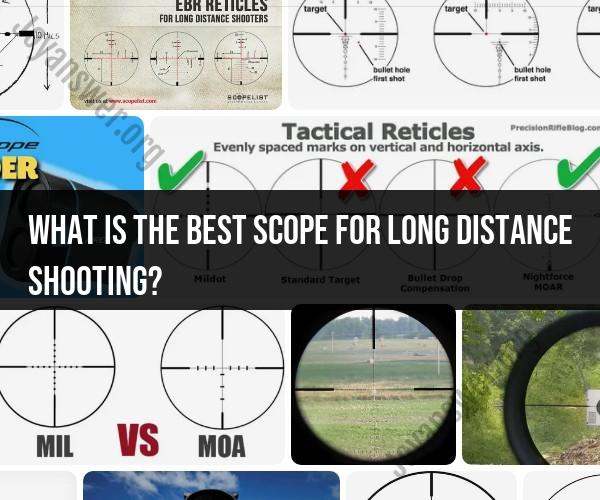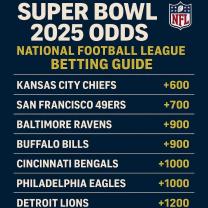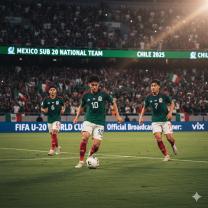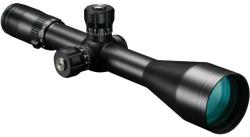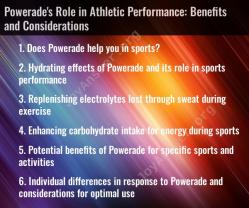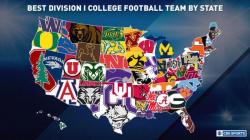What is the best scope for long distance shooting?
Selecting the best scope for long-distance shooting depends on various factors, including your shooting style, intended distance, firearm type, and personal preferences. Long-distance shooting often requires specialized scopes designed to provide clarity, precision, and magnification. Here are some factors to consider when choosing the optimal scope for long-distance shooting:
Magnification Range: Long-distance shooting typically requires higher magnification. Look for scopes with variable zoom options, such as 4-16x or 6-24x, to allow you to zoom in on distant targets.
Objective Lens Diameter: A larger objective lens (e.g., 50mm) allows more light to enter the scope, providing better clarity and brightness, especially in low-light conditions.
Reticle Type: Choose a reticle that suits your shooting style. Popular choices for long-range shooting include mildot, MOA (Minute of Angle), and Christmas tree-style reticles. Some prefer simpler crosshair reticles for precision shots.
Focal Plane: Scopes can have first focal plane (FFP) or second focal plane (SFP) reticles. FFP reticles change size with magnification, while SFP reticles remain the same size. FFP reticles are often preferred for long-range shooting as they allow for consistent holdover and ranging at all magnification levels.
Turret Style: Look for scopes with exposed turrets that allow for easy adjustment of windage and elevation. Tactical or target-style turrets are often preferred for long-range shooting.
Adjustability: Ensure the scope has sufficient windage and elevation adjustment range to compensate for bullet drop and wind drift at long distances.
Durability: Long-distance shooting may involve harsh conditions, so opt for scopes with rugged construction, waterproofing, and fog-proofing. Quality optics with multi-coated lenses are essential.
Parallax Adjustment: A parallax adjustment knob allows you to focus the reticle and target on the same plane, improving accuracy at various distances.
Eye Relief: Consider the eye relief distance, especially if you're shooting high-recoil rifles. A longer eye relief can provide more comfort and safety.
Brand and Quality: Trusted brands like Leupold, Nightforce, Vortex, Schmidt & Bender, and others offer high-quality long-range scopes. Research reviews and user feedback to ensure reliability.
Budget: Long-range scopes can vary widely in price. Determine your budget and find the best scope within that range. Keep in mind that investing in quality optics is often worth it for long-distance shooting.
Mounting Compatibility: Ensure the scope is compatible with your rifle's mounting system and rings.
Laws and Regulations: Be aware of any local laws and regulations regarding scope magnification limits or features for hunting or shooting competitions.
Ultimately, the best scope for long-distance shooting is a personal choice, and it should align with your specific shooting needs and preferences. It's advisable to try out different scopes if possible and seek advice from experienced long-range shooters or professionals to make an informed decision based on your requirements.
